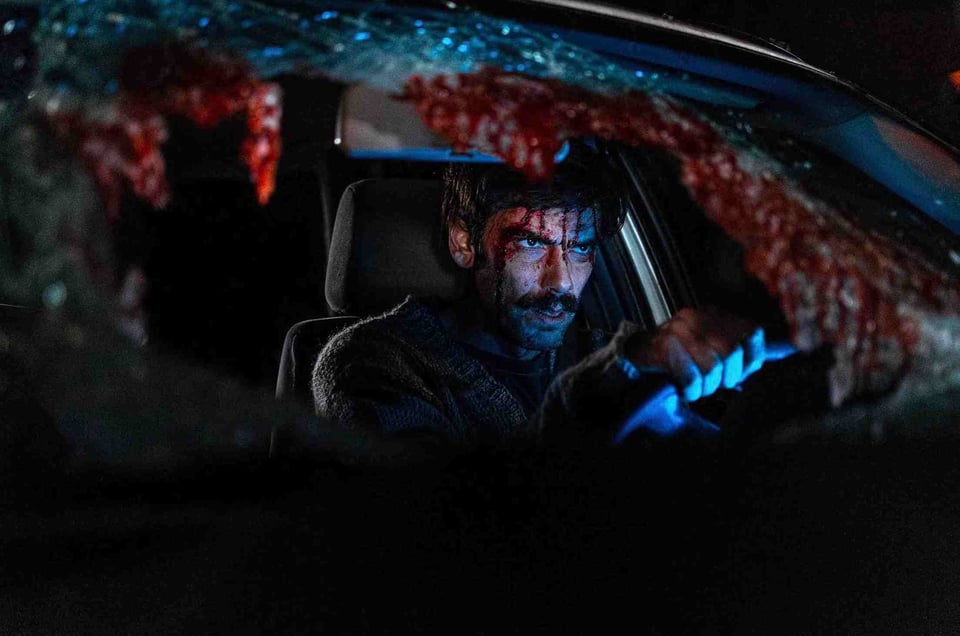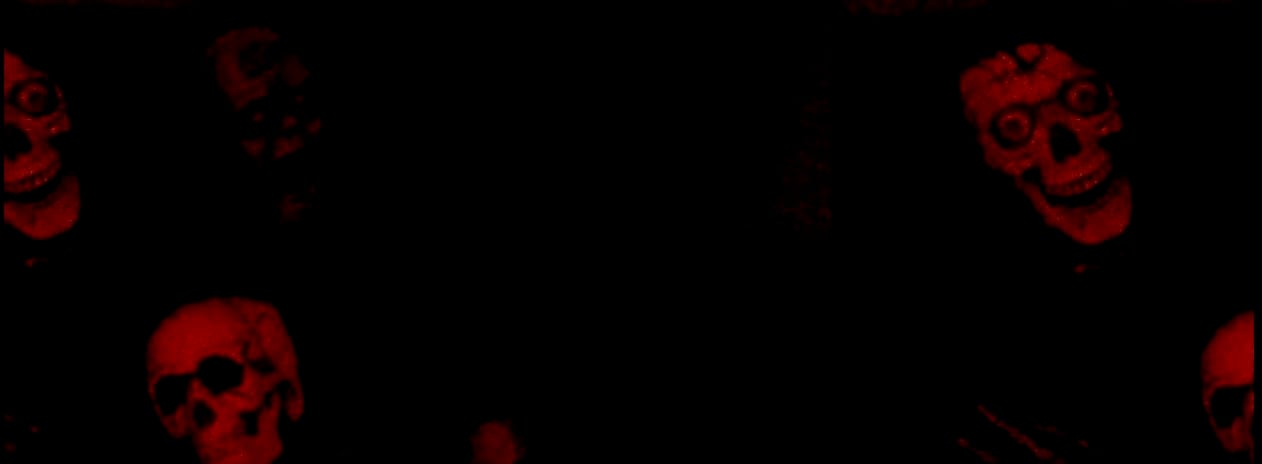Into the Obscuradrome #18
Hello. I’m Bob Pastorella, co-host of the This Is Horror podcast, website manager for This Is Horror, and writer. I’m the author of Mojo Rising, They’re Watching (with Michael David Wilson), and have numerous short-stories and non-fiction online and in print in various publications.
World-building is Not a Dirty Word
Recently on social media, I saw a post about how whenever they see the word “world-building”, they know they’re going to be in for a tedious experience with the story. To be honest, world-building conjures images of maps in the book’s frontmatter and a glossary at the end among other appendixes explaining customs/religions/social structures, etc..
Every story involves world-building. Sometimes, the world is no different than our own in real life. The rules are the same, it is the characters that create the world they inhabit. Instead of the world being different, it is the story people, and the story arises from how regular characters interact with the other not-so-regular characters. Sometimes the differences are subtle and ambiguous, sometimes glaring and on-the-nose. Occasionally, we have to make up settings, even if they’re based on real places. We may have to take liberties in our depiction of real places to shape the story to our whim. In science-fiction and fantasy, often the world(s) is much different than ours. It is crucial to spell out the rules of that story world, and sometimes, it’s a lot. Our efforts to be clear and concise might actually require maps to establish distance and proximity, as well as glossaries for unfamiliar terminology.
World-building in horror fiction presents common challenges writers face in any form of speculative fiction. One of the challenges is deciding if characters are aware and acknowledge the horror elements of the story. Do they know the monsters exist like the vampires in True Blood, or is that part of the world hidden from view, known to only a select few with personal history and acquired knowledge? The concept, plot, characters, and tone will all help set the course for this decision, as it basically boils down to what kind of story you want to tell. Sometimes you want a funny horror romp where no one but a few characters know the threat is real, and sometimes the world is dead and full of zombies and everyone left is scared and running for their lives.

A recent film release, Demián Rugna’s When Evil Lurks, handles world-building quite efficiently. Without going into spoilers, the world here is verging on post-apocalyptic. The terrible things have been happening, mainly in the cities, rarely in the rural areas. These events have been happening long enough that the authorities are not only aware of the situation, but also unwilling to do anything about it. The only thing people can do is follow a set of rules old enough to have evolved into a lullaby. It is these rules that form the backbone of the world-building. Break the rules, you die, and everyone you care about will probably die as well. The consequences are swift and brutal. These rules are established organically, and remain constant through-out the run time. Minimalist and concrete, the conflict comes from characters breaking the rules due to ignorance or because they do not have any other choice. The world is at once complete and whole and we are pulled into this reality with a laser focus intensity that puts us on the edge of our seats.
For me, this is the essence of world-building. I prefer the characters do to the heavy lifting, and yes … sometimes setting is character. I can’t think of any story I’d want to write that would need a map. My own fictional locale, Grigsby, Texas, has certain landmarks, such as Mae’s Diner, the beach, a swampy marsh, The Roadhouse apartment complex, the cemetery, etc., but the actual location of Grigsby on a map defies physics. The city fits in between actual real cities in such a way that it couldn’t possibly exist. This is intentional and by the design. I wanted weird things to happen there, so I present the city as fluid, comfortable in its psychogeography, willing to bend to my will as I see fit while still maintaining landmark areas readers will possibly remember from previous stories. Marin, Grigsby’s sister city, is just as fluid, but has a completely different tone. Marin is not as old as Grigsby, more loose and arty, very liberal compared to Grigsby (which isn’t conservative, more on the lines of indifferent to political aspirations.), and definitely falling into the concept of a “weird” city.
That’s about as deep as I want to go into world-building, at least at the moment. The thing I want to get across here is no matter how you deep you decide to go, literally every story has some degree of world-building, and you can slide the scale in which ever direction you desire. World-building is not a dirty word, it’s often a necessary part of creating your own fictional universe. If you need a map or a glossary, then by all means, include it in the story. If you want to keep it minimal and organic, then that’s the way you should go. You shouldn’t be afraid of world-building, even if you want to go the tedious route of establishing maps and using terminology requiring definitions. Fiction, even horror fiction, needs stories from worlds outside our realm.
I think Clive Barker said it best:
"Make your own worlds. Make your own laws. Make your own creations, your own star systems. Don't feel answerable to anyone, or as though you have to create after some preordained model. You don't have to write like myself, or King or Anne Rice: be yourself. Nothing is more wonderful than discovering a new voice, particularly if it happens to be your own."
___________________________________________________
Reading:
The Reformatory by Tananarive Due
Imajica by Clive Barker
Silent Key by Laurel Hightower
Listening:
Opeth, Rush, Riverside, Miles Davis, The Darkjazz Manufactorum, Bowie, Colin Stetson
Watching:
Ghost Hunters, My Haunted House, Moloch
Happy New Years Everybody! Have a safe and happy holiday!
peace&love
Bob
